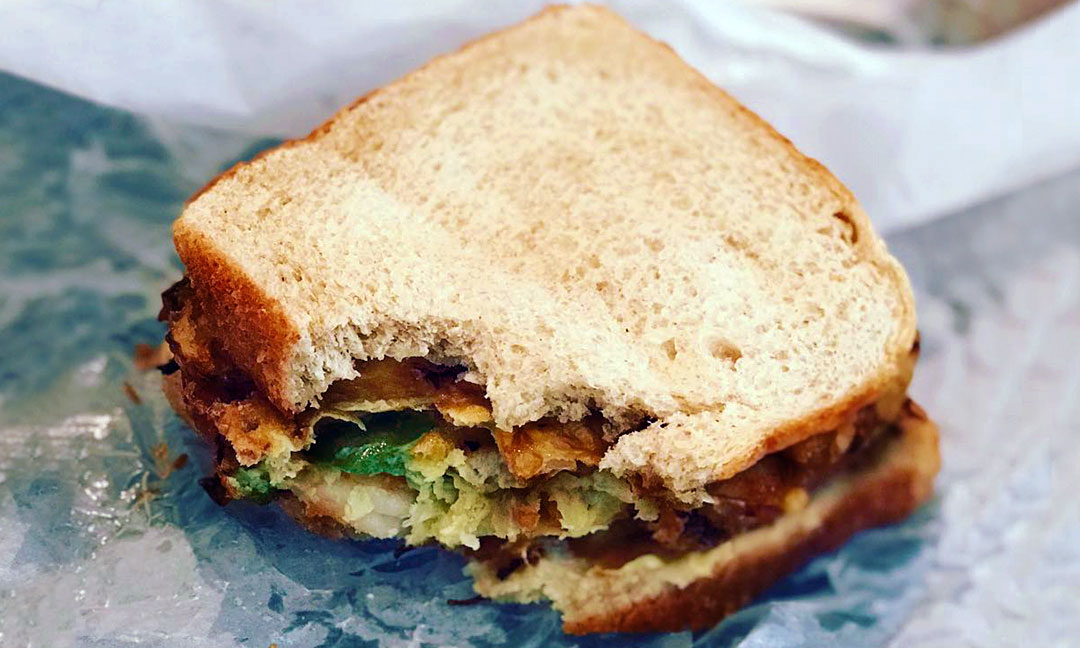So, who really invented it?
To really understand the origins of the St. Louis St. Paul, it helps to consider another 'wich: the Manhattan sandwich, which happened to be invented in Denver.
I know, I know. Stay with me.
Using Belford's found newspaper clippings as a guide, it would appear that the St. Paul sandwiches that St. Louisans enjoyed at the turn of the century differed a bit from the ones served at Chinese establishments today in that they were more simple ham and egg sandwiches made with onion.
The Manhattan sandwich (possibly named after the Manhattan Cafe on California Street) started popping up on Denver menus around the same time, and included the same ingredients. It was also commonly known as a Denver sandwich or western sandwich, and is the precursor to the Denver omelette (but that's a different story).
ANYWAY, this only serves to prove that, apparently, working class Americans were once simply batty for ham-and-egg sandwiches named after cities different from the ones they were being consumed in. It's possible that it made an otherwise kinda boring lunch feel a little more exotic to the working class masses that regularly ate them.
The late 1800s also brought a large influx of Chinese immigrants to major cities like St. Louis, where, thanks to the Chinese Exclusion Act, they were unable to find labor jobs, and instead opened their own businesses, including many, many restaurants. There, they would have been forced to dream up ways to adapt traditional Chinese dishes (like egg foo young) to suit Western tastes.
It's easy to see then, how Chinese restaurateurs could have easily re-branded a dish like egg foo young and made it more familiar to American customers by putting it between bread and calling it a "St. Paul". Over time, it's possible that people forgot about the original ham-and-egg St. Paul sandwiches as it disappeared from American restaurant menus, replaced by more popular items like hamburgers and hot dogs.
While this potential history is murky at best, one thing is certain: the St. Louis St. Paul sandwich represents one of the earliest and best examples of fusion cuisine in this country and is as uniquely American as baked Alaska.
Which, for the record, was invented in New Orleans. Maybe.









